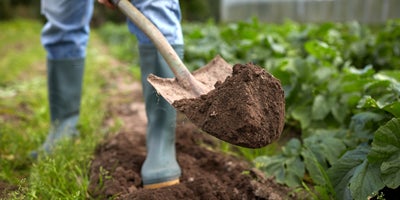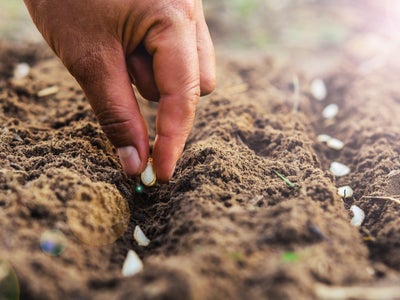Resetting your finished plots

There might not be much going on in the garden around this time of year, but there are always jobs to be done- even when it’s typically a quieter period. One of the best things you can do in the winter is prepare for next year. It gives you a great chance to get a head start on your plans for the next growing season so when it comes around, you’re ready to get planting. You might still have some crops going late into the year, but any finished plots can be dug over and reset so that they’re ready for whatever’s going in next.






